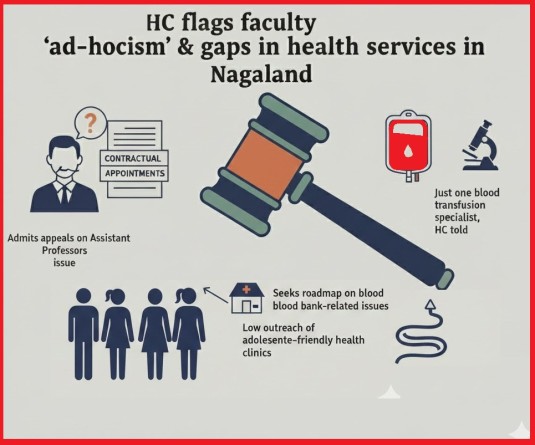
Morung Express News
Dimapur | March 2
An unusually high number of patients in Nagaland have been diagnosed with leptospirosis, a disease caused by exposure to water contaminated with the urine of infected animals. So far, two casualties have been recorded. But have no fear. The disease is preventable and curable if diagnosed in the early stages. However, the symptoms have to be read carefully (see box). Please take note that the disease is not known to be transferable through humans.
Since September last, 60-70 cases have been documented at Zion Hospital, Dimapur. However, if the undocumented are also to be accounted for, the figure touches 100, informed Dr Plaban Das, a specialist in internal medicine practicing at the medical facility. He expressed his fears that though the disease is a globally observable fact, the high rate of prevalence of cases in Nagaland is an alarming factor. Besides him, doctors Wati and Tali can be consulted. Treatment can be administered at the minimal cost of Rs 100 or less. Samples of the harmful leptospirosis bacteria were sent to Ranbaxy’s labs at Mumbai on October.
Patients from as far as Jalukie, Mokokochung, Tuli and Longleng have been established to possess the bacteria, after they came to Zion for diagnoses. A student from Patkai Christian College was the first to be diagnosed with the disease last September.
In Dimapur, cases have been reported from Patkai, 5th Mile, Burma Camp and Tenyiphe-2. When this reporter entered Dr Das’ cabin, he was informed that the woman who was the immediate preceding visitor had also been infected. Zion hospital has for the past few days received 2-3 patients stung by the bacteria on a regular basis.
The ubiquitous rat is believed to be the harbinger of the disease. An interesting theory put forward is that the population of rats has increased during this time of bamboo flowering. Rats relish bamboo flowers, as earlier proven by studies in Mizoram. Since the disease emanates from exposure to animal urine, most cases are reported after the monsoons.
As such, what can be perceived is that a research to undermine the causes and effects of the disease needs to be undertaken.


.jpg)



